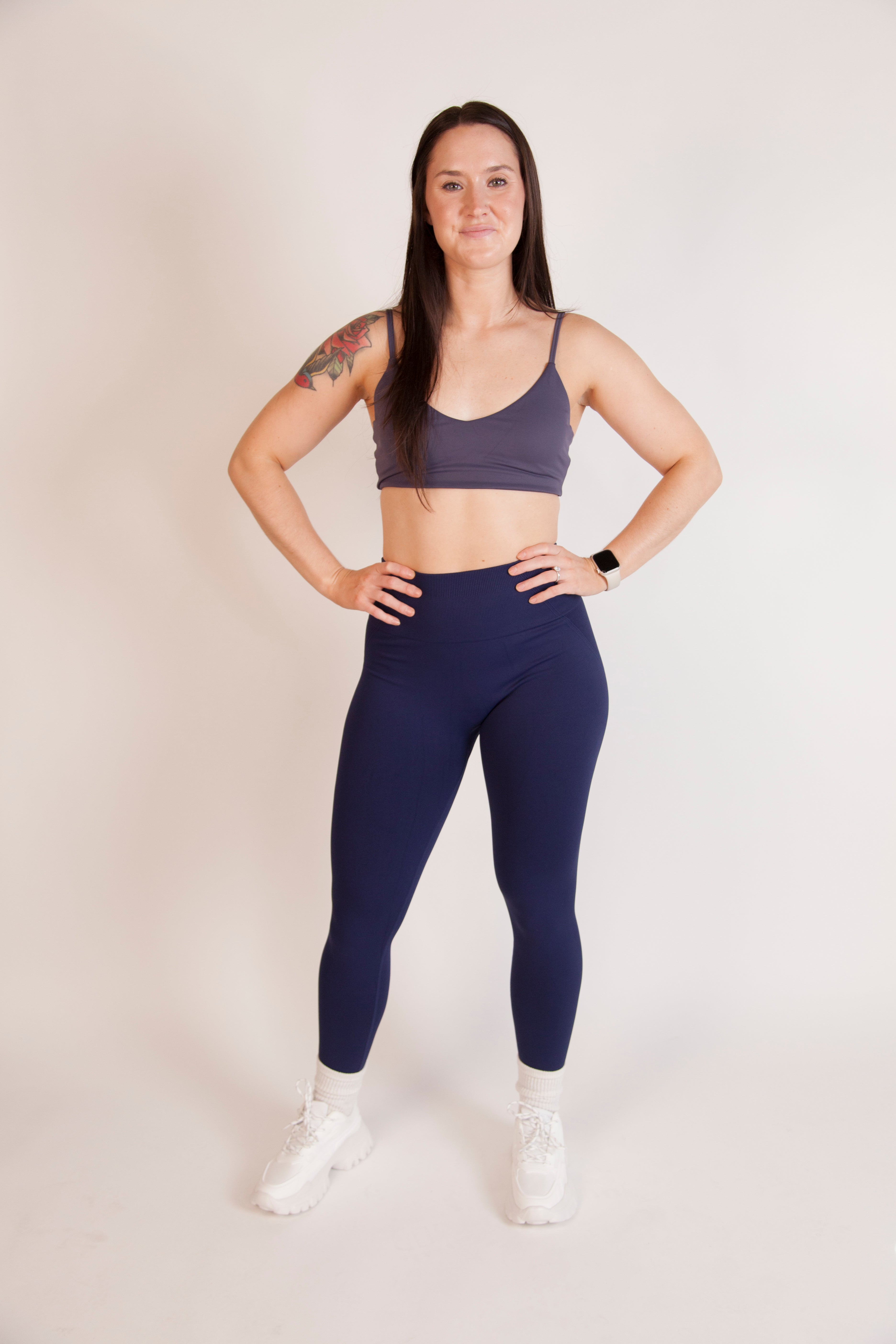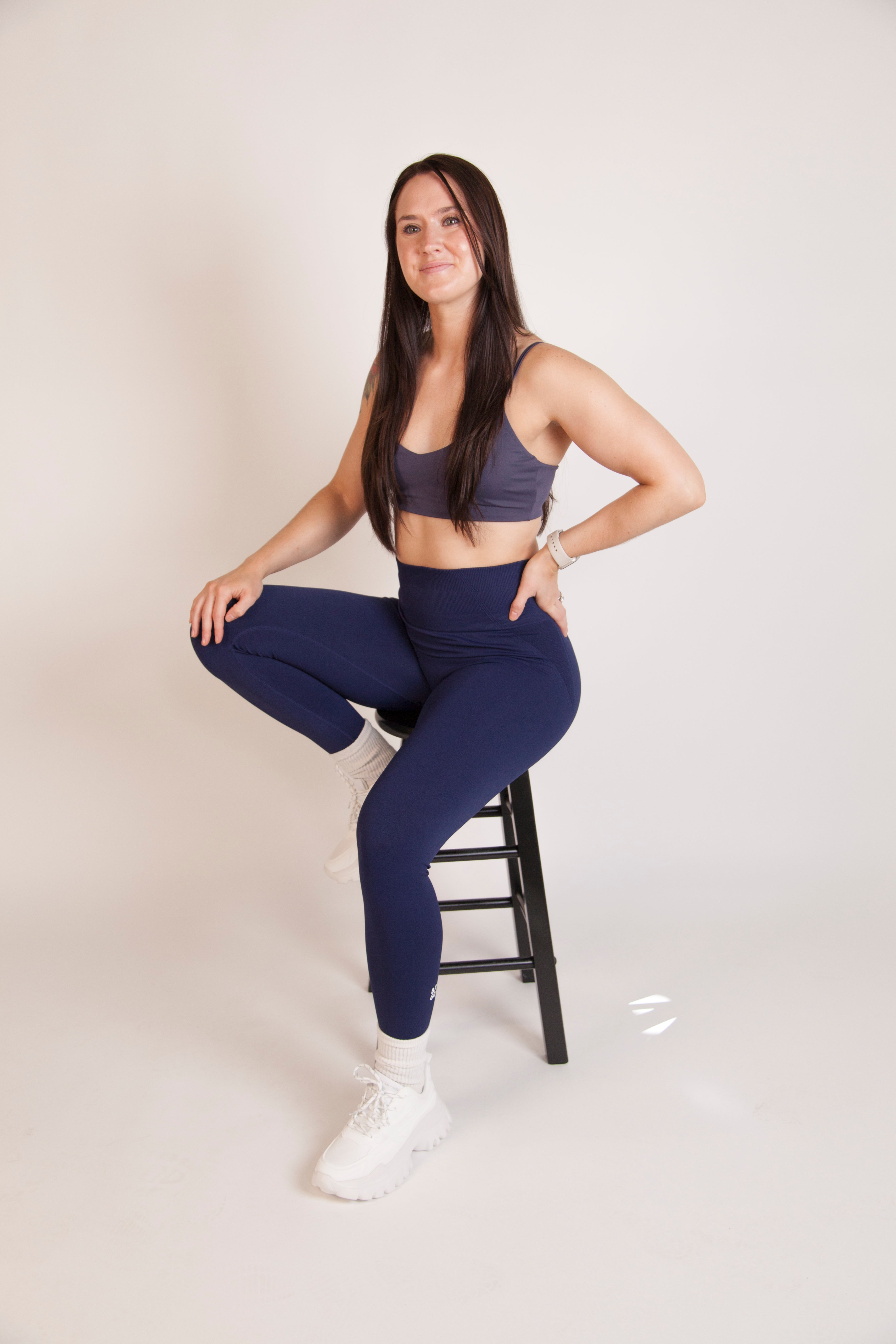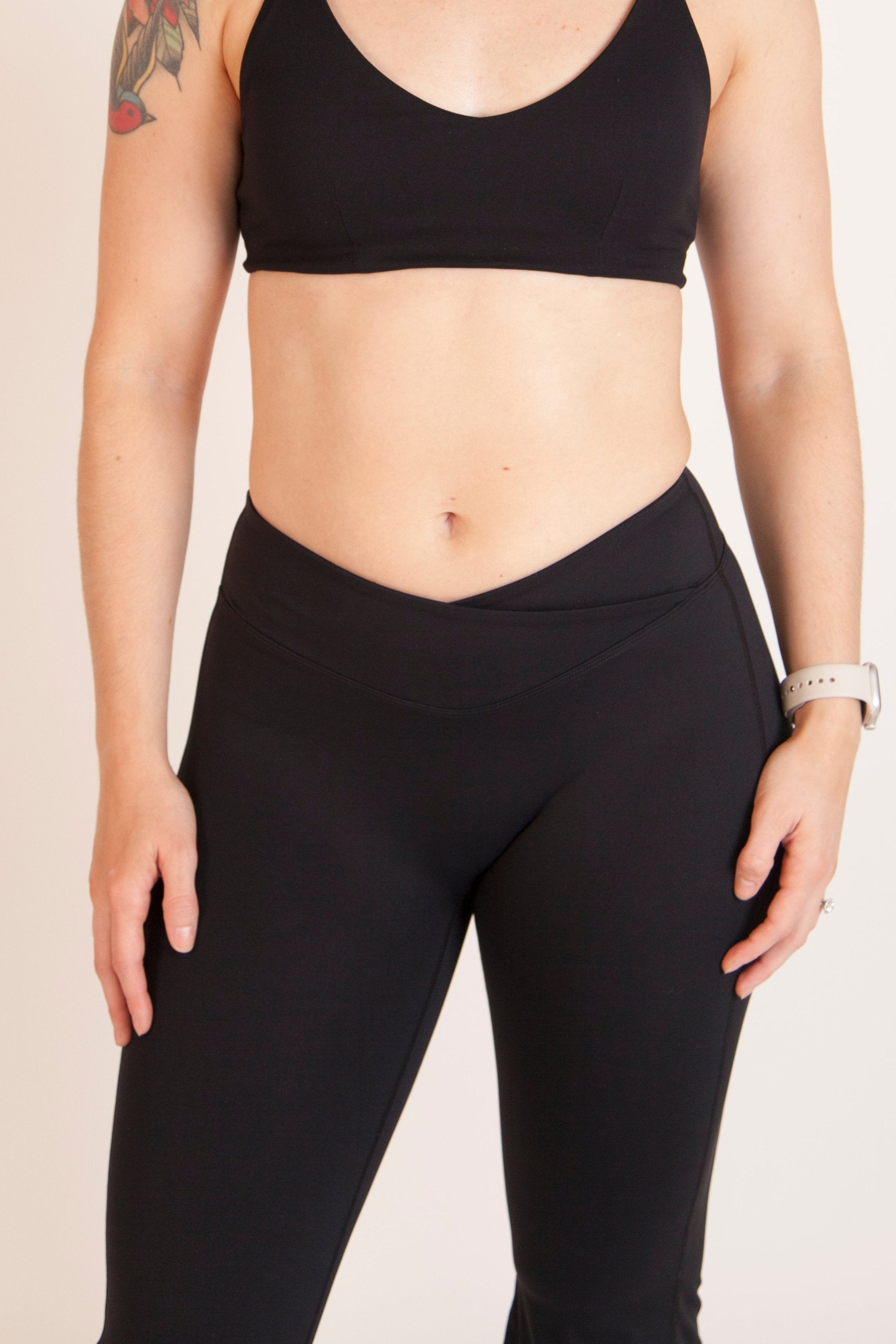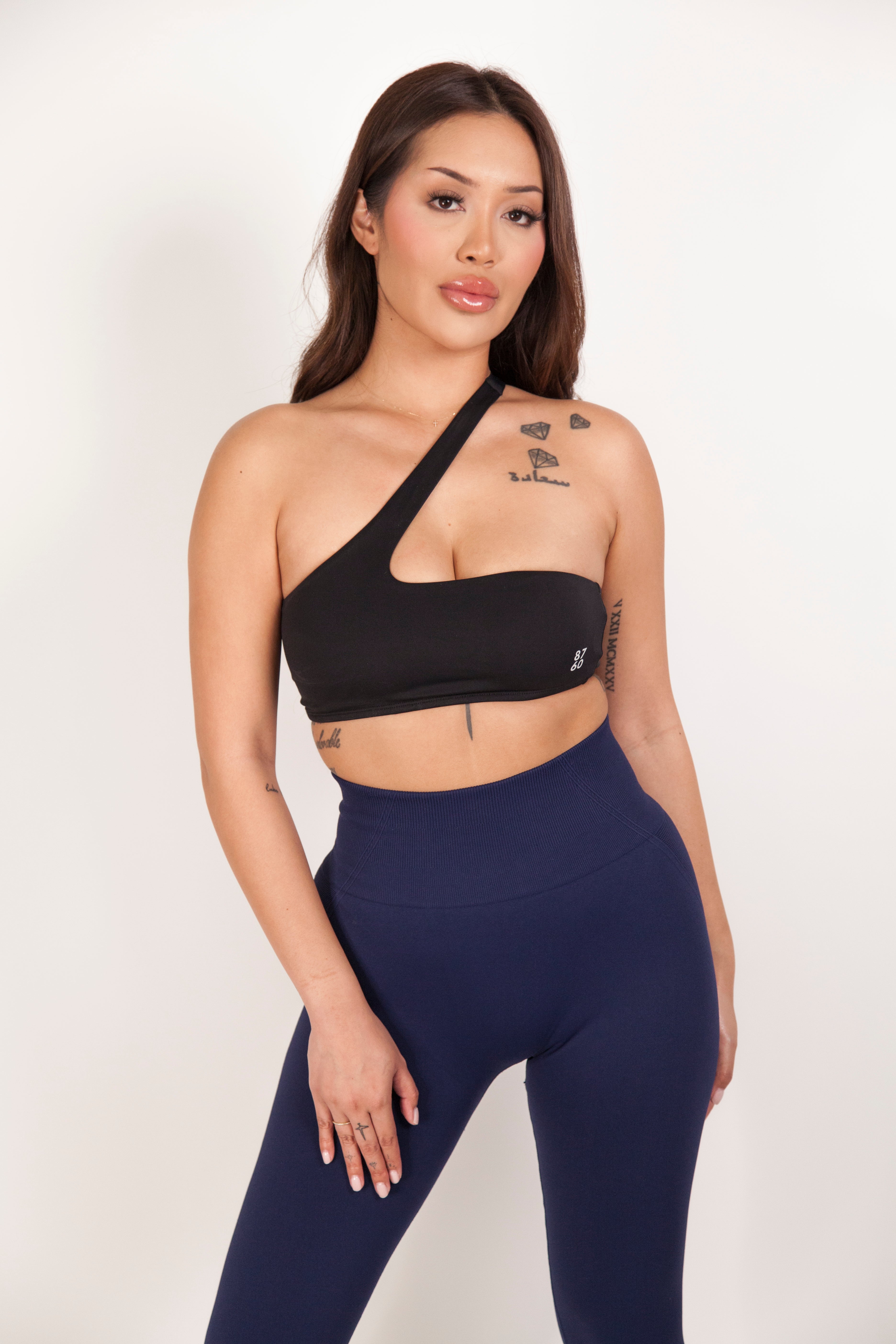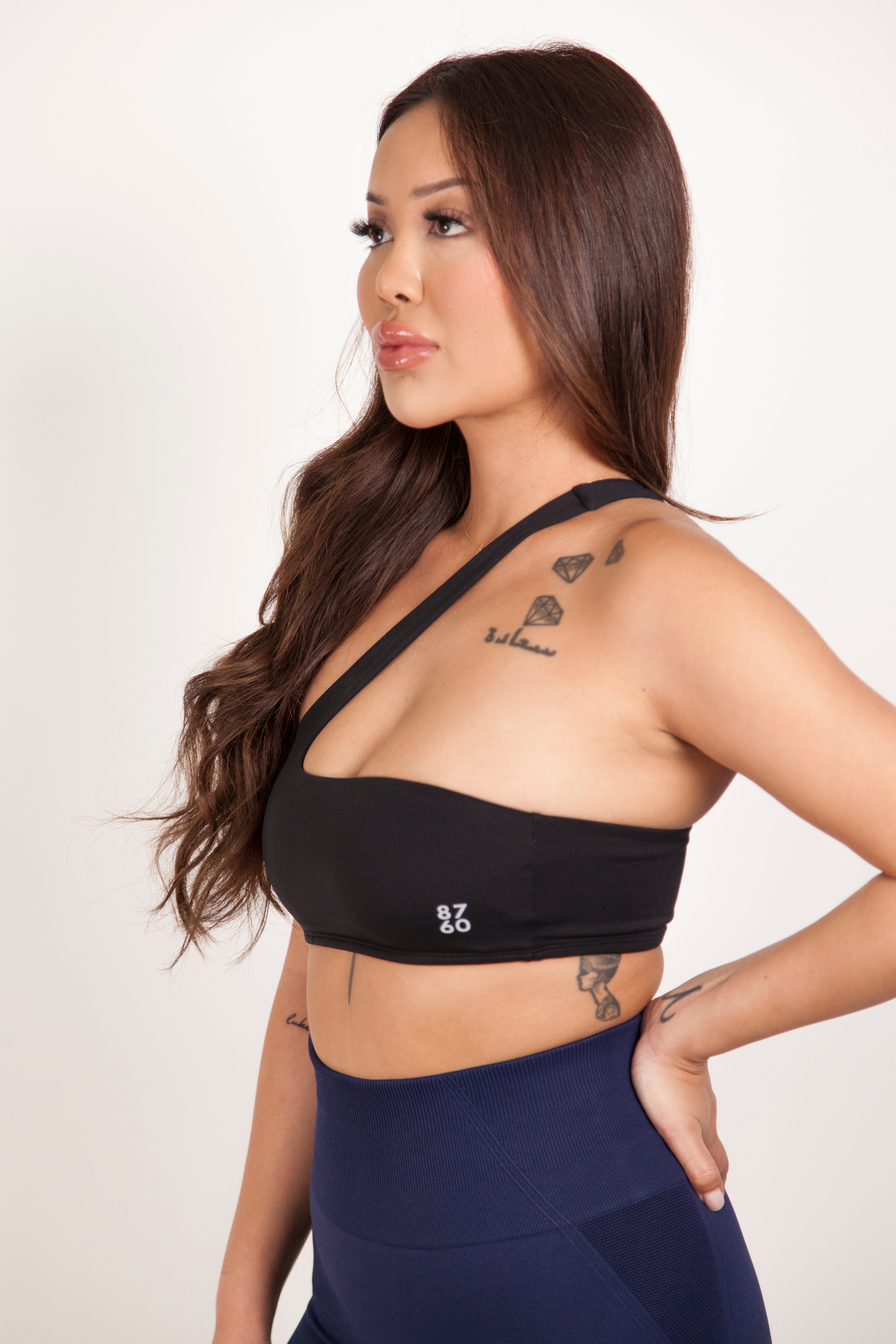Why It’s So Hard to Make Activewear in the U.S.
At 8760, we believe in making every hour and every decision count. That includes how and where our pieces are made. If you’ve ever wondered why so many activewear brands manufacture overseas, the answer isn’t as simple as cutting costs.
In truth, producing apparel in the United States, especially technical, performance-driven activewear, comes with a unique set of challenges.
Here’s why making clothing in the U.S. isn’t easy, and what we’re doing about it.
1. Outdated Infrastructure
The U.S. was once a global leader in garment manufacturing, but the industry has largely moved offshore. Today, much of the domestic infrastructure simply doesn’t exist anymore. Many of the textile mills, dye houses, and factories that once powered American fashion have shut down or been repurposed.
For activewear, which often requires highly specialized machinery and expertise, this presents a major roadblock. Most U.S. based facilities are not equipped to handle the complex technical fabrics used in performance apparel, like moisture-wicking knits, compression textiles, or bonded seams (think Lululemon's high-quality seams).
2. Lack of Space and Scalability
Manufacturing facilities require space. A lot of it. In cities where demand for real estate is high, factory space is either unavailable or priced too high to be feasible for small and mid-size brands. Even when space is available, scaling up is tough.
There simply aren’t enough trained sewing operators or engineers to support consistent, large-scale production, especially for products as intricate as leggings or sports bras.
3. Technology Is Either Outdated or Too Expensive
The technology required to produce high quality activewear is constantly evolving. Laser cutting, bonded seams, four-way stretch fabric manipulation, moisture management? It’s all a science. But many U.S. facilities are working with outdated machinery or processes that haven’t kept up.
The flip side? The investment required to modernize is steep. For many domestic manufacturers, upgrading to cutting edge equipment just doesn’t make sense without guaranteed high volume demand. Something only the biggest brands can provide.
4. The Cost of Labor (and why that’s not a bad thing)
Labor in the U.S. is more expensive than overseas and rightly so. Cost of living is high all over the states. Paying a fair, living wage is something we believe in deeply. But it does mean that U.S. made garments come with a higher price tag. For small brands like 8760, committed to intentionality and sustainability, this often means choosing between manufacturing locally or keeping prices accessible for our customers.
We don’t see this as a negative. Rather, it’s a reflection of a system that needs reinvestment. Supporting domestic manufacturing should be seen as an opportunity, not a burden.
Why It Matters to Us
At 8760, we’re constantly exploring how to build a brand that balances performance, purpose, and progress. While most of our pieces are made abroad due to the very real limitations above, we’re always seeking partners who share our values at home and overseas.
We believe in transparency and thoughtful consumption. That’s why we share our production process openly and continue to look for ways to bring more of it closer to home, without compromising on quality or ethics.
The future of American made activewear won’t be built overnight, but we believe it’s worth striving toward. By understanding the challenges, we can start to shift the narrative. One hour, one choice, one piece at a time.
